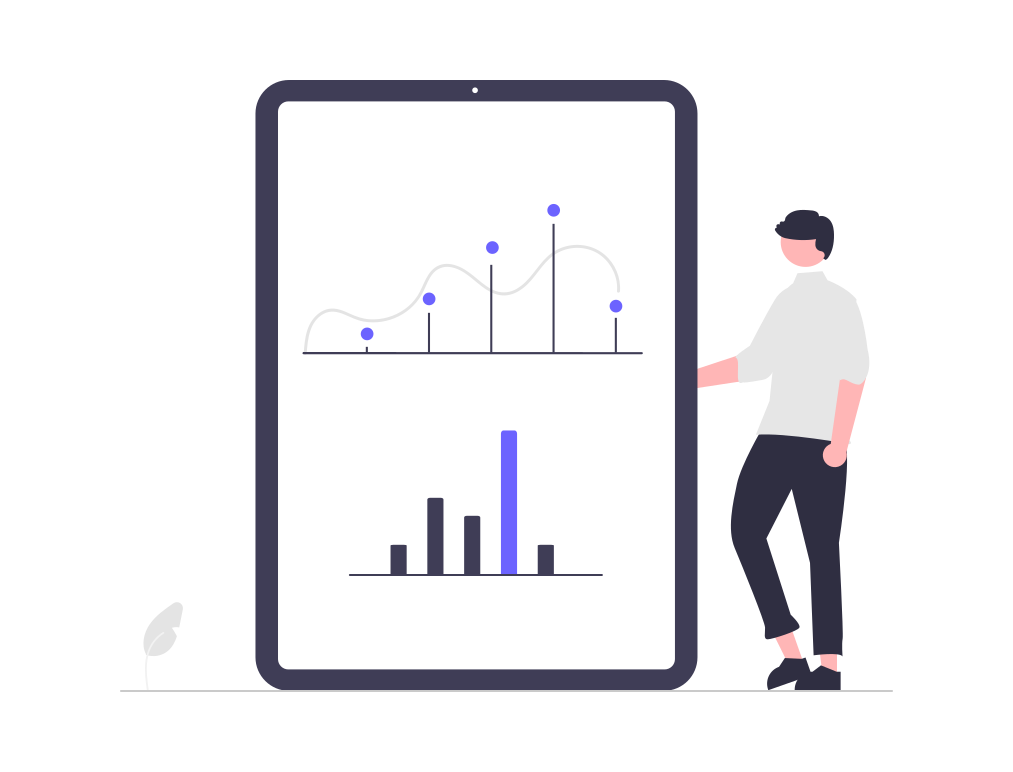In the rapidly evolving landscape of Account-Based Marketing (ABM), the ability to leverage data effectively is paramount. Advanced analytics offers a powerful way to turn vast amounts of data into actionable insights, driving more precise targeting, personalized messaging, and, ultimately, better outcomes. This blog explores the role of advanced analytics in ABM, focusing on how it enhances the strategic execution of campaigns.
The Role of Data in Modern ABM
At the heart of ABM lies data. Data informs every decision, from identifying the right accounts to target, to crafting personalized content that resonates with individual decision-makers. However, the sheer volume of data generated can be overwhelming, making it difficult to discern actionable insights without the right tools and methodologies. This is where advanced analytics comes into play, offering a way to sift through the noise and identify patterns and trends that can inform more effective strategies.
Understanding Advanced Analytics
Advanced analytics encompasses a range of techniques that go beyond traditional data analysis. It includes predictive modeling, machine learning, and data mining, all of which enable marketers to forecast future trends, understand past behaviors, and gain deeper insights into their target accounts. By applying these techniques, ABM practitioners can move from reactive to proactive marketing, anticipating the needs and actions of their target accounts and adjusting their strategies accordingly.
Enhancing Targeting with Predictive Analytics
One of the key benefits of advanced analytics in ABM is the ability to enhance targeting through predictive analytics. Predictive models analyze historical data to identify which accounts are most likely to convert, allowing marketers to prioritize their efforts and resources. This level of precision reduces the guesswork involved in account selection and ensures that marketing efforts are focused on the accounts with the highest potential return on investment.
Predictive analytics also plays a crucial role in segmentation. By understanding the behaviors and characteristics of different segments within your target accounts, you can tailor your messaging and outreach strategies to align with their specific needs and preferences. This not only improves the relevance of your campaigns but also increases the likelihood of engagement.
Personalization at Scale
Personalization is a cornerstone of ABM, and advanced analytics enables it to be done at scale. By analyzing data on individual accounts, including their past interactions with your brand, their current pain points, and their decision-making processes, you can create highly tailored content that speaks directly to their unique challenges and objectives.
This level of personalization extends beyond just the content itself. Advanced analytics allows you to determine the optimal timing and channels for delivering your messages, ensuring that your outreach is not only relevant but also timely. This strategic approach increases the chances of your message being seen and acted upon by the right people at the right time.
Optimizing Campaign Performance
Another critical aspect of advanced analytics in ABM is the ability to continuously optimize campaign performance. By tracking and analyzing key performance indicators (KPIs) in real-time, you can identify what’s working and what’s not, making adjustments on the fly to improve outcomes. This iterative process is essential for maximizing the effectiveness of your ABM efforts, as it allows you to refine your strategies based on data-driven insights rather than intuition alone.
Advanced analytics also enables deeper attribution analysis. By understanding which touchpoints and interactions are driving conversions, you can allocate your resources more effectively, focusing on the tactics and channels that deliver the best results. This level of insight is crucial for justifying the investment in ABM and demonstrating its impact on revenue generation.
The Future of ABM and Advanced Analytics
As technology continues to evolve, the role of advanced analytics in ABM will only become more significant. Emerging technologies such as artificial intelligence (AI) and machine learning are already starting to play a role in automating and enhancing data analysis, making it even easier for marketers to uncover actionable insights. In the future, we can expect to see even more sophisticated tools that enable real-time personalization, predictive insights, and seamless integration of data across all aspects of ABM.
Conclusion: From Data to Decisions
Advanced analytics is not just a tool; it’s a strategic advantage that can transform how you approach Account-Based Marketing. By turning raw data into actionable insights, you can enhance targeting, personalize outreach, optimize performance, and ultimately drive better results. As the digital landscape continues to evolve, the ability to leverage advanced analytics will be a key differentiator for companies looking to stay ahead of the competition in the ABM space.


